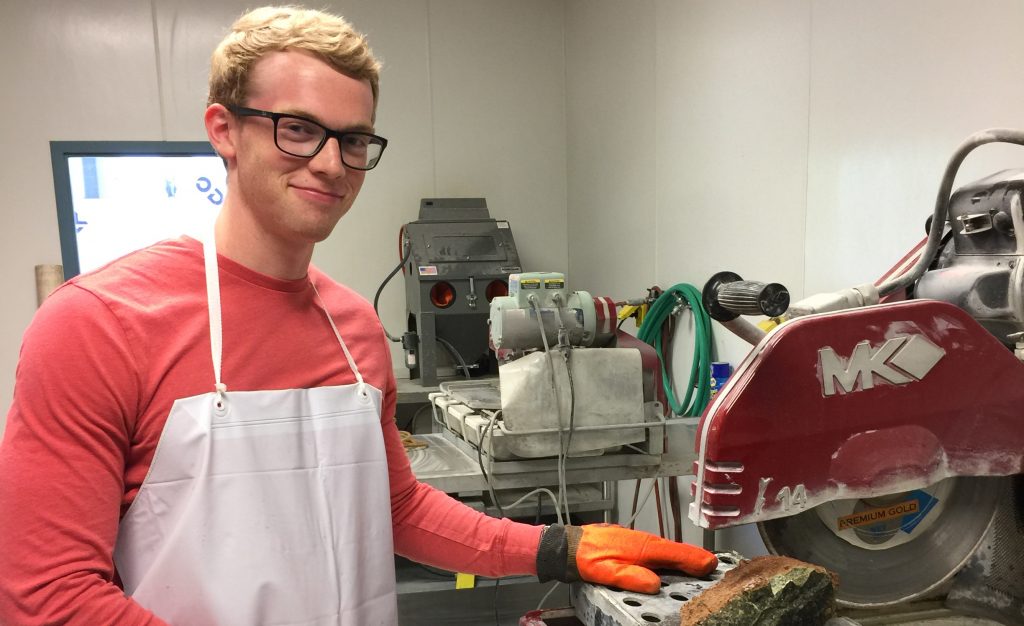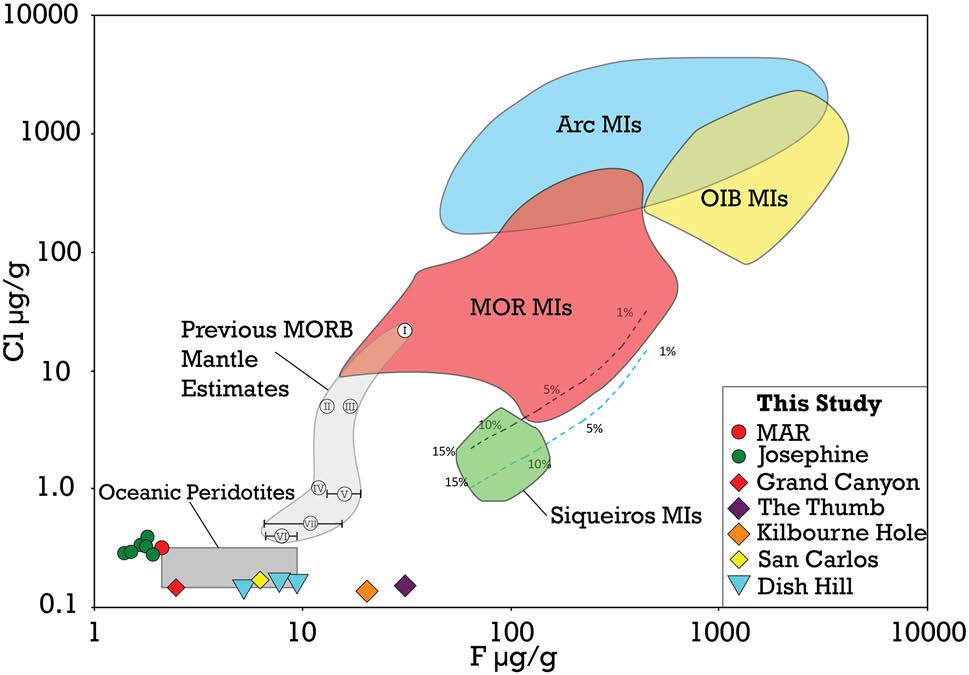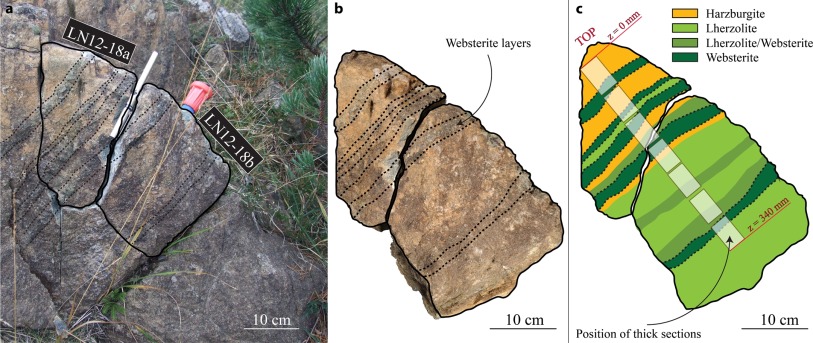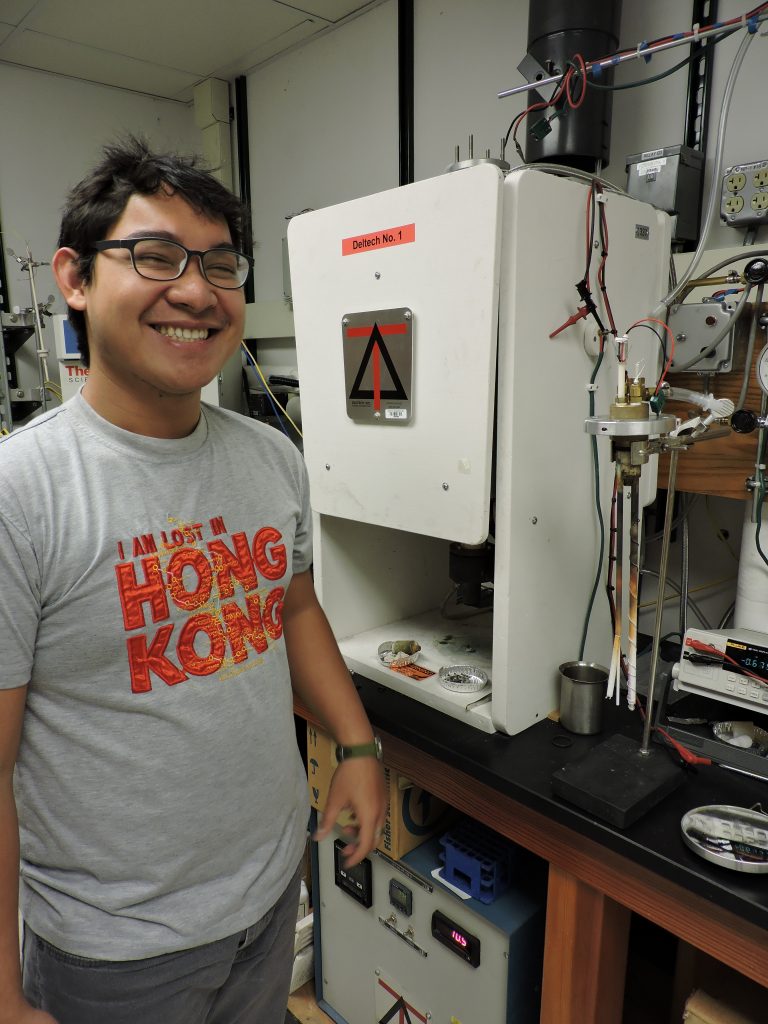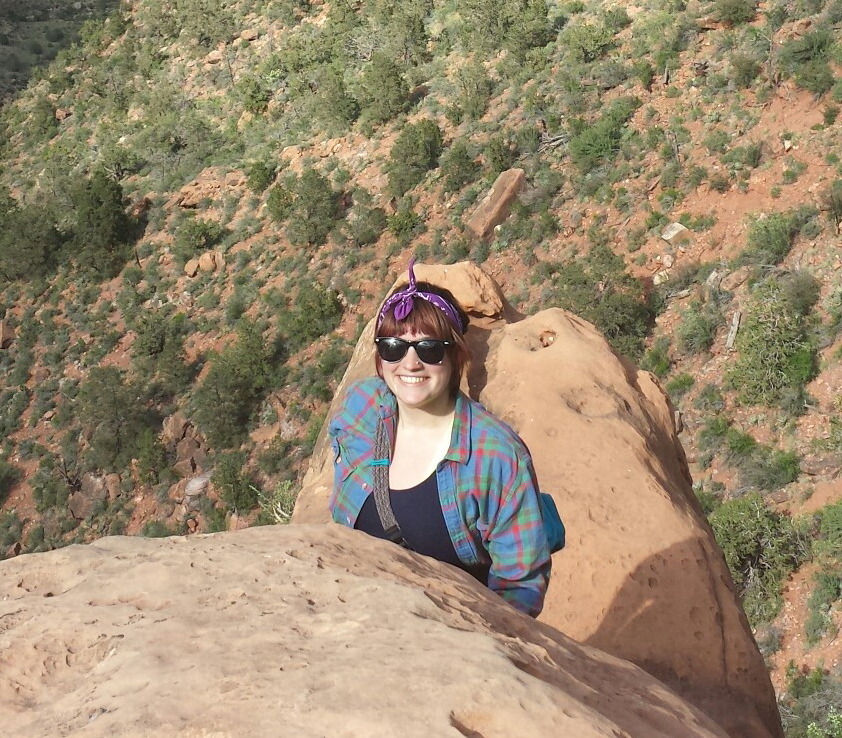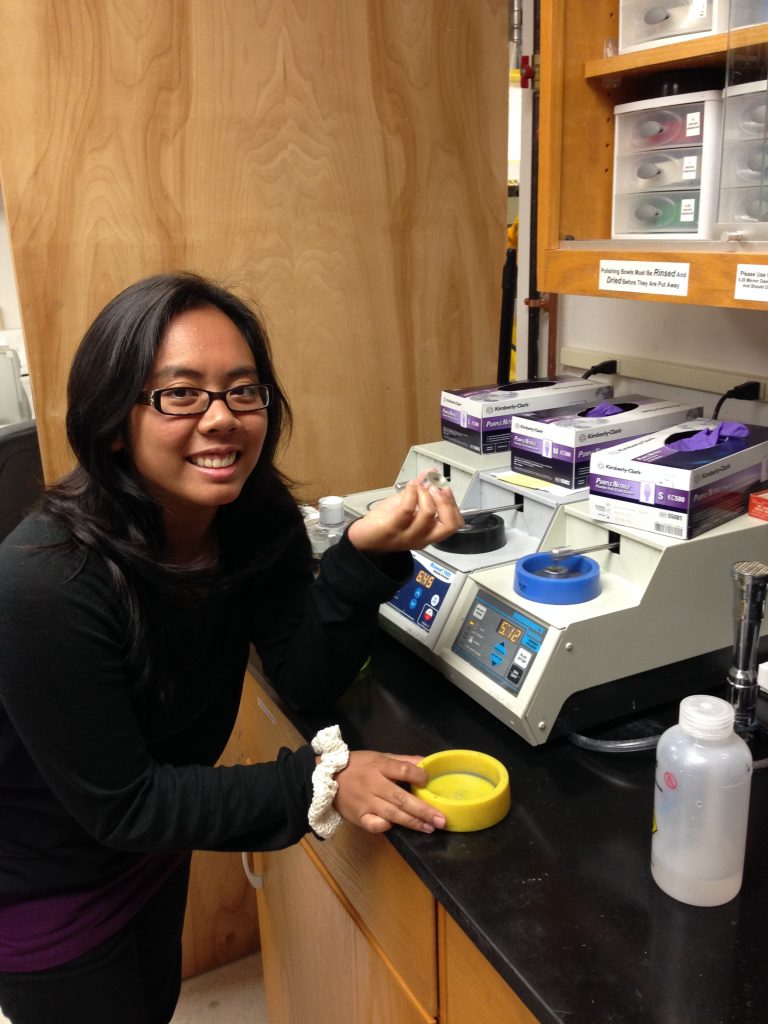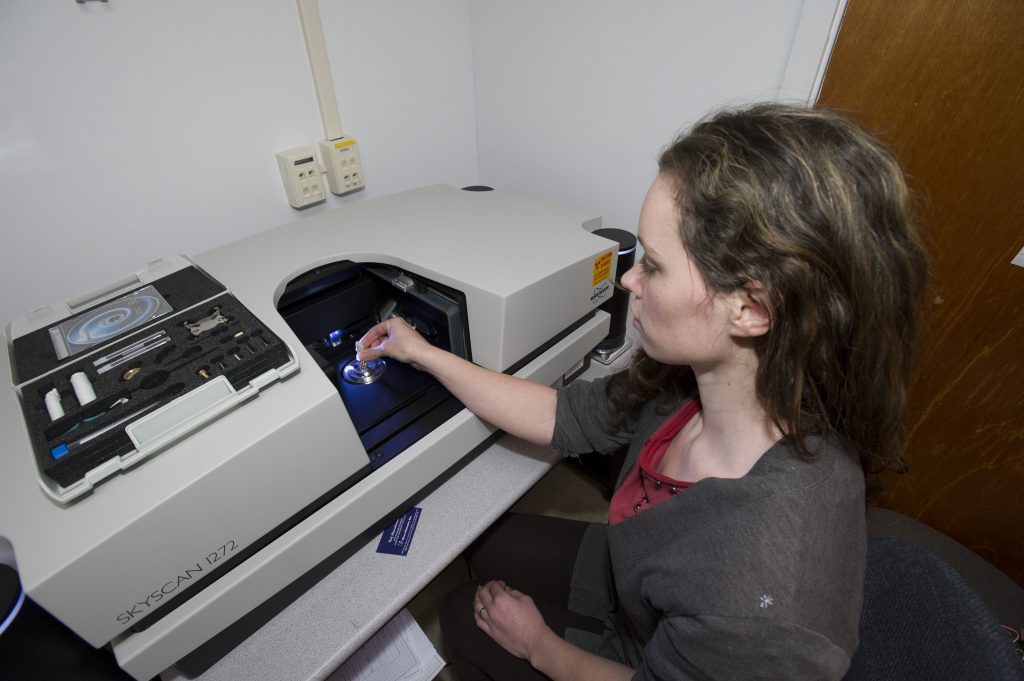Posts by shoughton
Sept 2017 – Welcome Emily!
Emily just started a Doherty Postodoctoral scholar at WHOI and is working on (U-Th)/He thermochronology and trace element geochemistry to 1) date magnetite that form during fluid alteration, 2) investigate the geochemical fingerprints of serpentinization at different tectonic settings, and 3) constrain the thermal history of mantle peridotites. Emily has extensive experience with anything outdoorsy…
Read MoreJuly 2017 – Welcome Taylor!
Taylor comes from Brown University and is a 2017 Summer Student Fellow working on the formation of pyroxenites in the Josephine Ophiolite (Oregon). He is using EPMA, LA-ICP-MS, REE closure temperatures and Nd isotopes by MC-ICP-MS to decipher the timing of vein formation in the mantle.
Read MoreJune 2017 – New paper in Contributions to Mineralogy and Petrology: Fluorine and chlorine in mantle minerals
Ben Urann (PhD student in Le Roux’s group) just published his work on SIMS developments and halogen budgets of the Earth’s mantle! The fluorine (F) and chlorine (Cl) contents of arc magmas have been used to track the composition of subducted components, and the F and Cl contents of MORB have been used to estimate…
Read MoreDec 2016 – New paper in EPSL: Dating the formation of mantle heterogeneities
Constraining the scale and the nature of mantle heterogeneities is critical to understand mantle dynamics, but there is still limited information available on the mechanisms and timing of formation of mantle heterogeneities observed in exhumed mantle rocks. Most of those heterogeneities are layered pyroxene-rich veins that form as a result of melt focusing and subsequent…
Read MoreDec 2015 – New paper in American Mineralogist: Partition coefficients for FRTE during mantle melting
First-row transition element (FRTE) concentrations in primitive mantle-derived melts have been used as direct indicators of mantle source mineralogy (e.g., Ti, Mn, Fe, Co, Ni, Zn) and as proxies to trace the oxidation state of the mantle (e.g., Sc, V, Cu, Zn). Ga and Ge, which share chemical similarities with FRTEs, may also have the…
Read MoreNov 2015 – Experimental project with Emmanuel Codillo
Emmanuel is a master thesis student from the University of Philippines, and a guest student at WHOI until March 2016. He is learning to do experiments to decipher how material is transported from subducted slabs to the source of arc lavas. Welcome Emmanuel!
Read MoreSept 2015 – Welcome Emma!
Emma Soucy comes from Northeastern University (Boston), and is working on calculating temperatures of rocks to understand how our planet Earth has cooled over time. Emma has started in July and has already taken the temperatures of many rocks! Welcome Emma!
Read MoreJuly 2015 – Marienel is back!
After a successful summer as a PEP student last year, Marienel Basiga (San Jose State University) is back into the experimental laboratory to figure out how slab melts modify the composition of mantle wedges in subduction environments. She is now a prestigious Summer Student Fellow at WHOI!
Read MoreMarch 2015 – 3-D: Micro-Computed-Tomography system has arrived!
The skyscan 1272 has safely arrived in le Roux’s lab. The table-top micro-CT instrument can scan objects in 3-D up to 7 cm in height and up to 7 cm in diameter. For small objects (< few mm), highest resolution is 0.45 um.
Read MoreOct 2014 – Meet Marienel Basiga
Gaining research experience led Marienel Basiga, a junior geology major at San Jose State University, to the Woods Hole PEP. Her research project with mentor Veronique Le Roux at Woods Hole Oceanographic Institution, in a field of geology known as experimental petrology, involved measuring grain-scale permeabilities of calcite and quartz through high-pressure, high-temperature experiments to…
Read More

